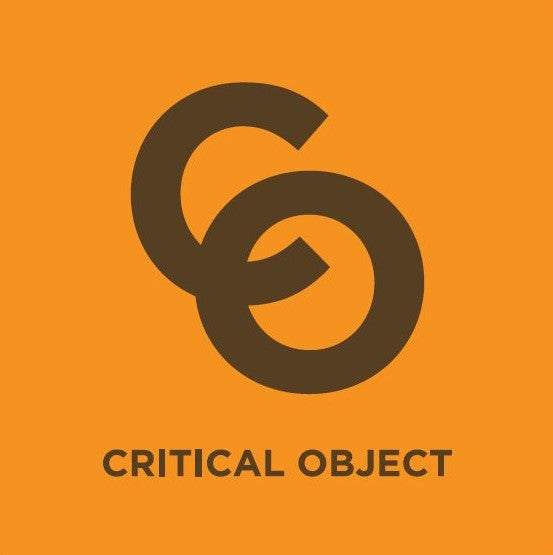Material
■HINOKI
Hinoki (Japanese cypress), one of the coniferous trees, has long been regarded as a high-quality wood that represents Japan, and many Japanese cypresses are used in traditional shrines and temples.
It is also a material that continues to increase in strength for 200 years after felling.
Hinoki cypress is known for its unique fragrance, durability, humidity control, and antibacterial properties.


Typical applications include building structures, furniture, counters, cutting boards, bathtubs, and small items.
■Cherry
Sakura is a flower that has been loved in Japan since ancient times, and is even mentioned in Manyoshu and Kokin Wakashu. Speaking of cherry, many people imagine Japan, and there are more than 100 kinds of cherry.



Among them, we use wild cherry, which has the highest durability, water resistance, and tenacity.
The material is hard and sticky, but it is easy to process.
It is also one of the hardwoods I recommend.
Applications include wooden building materials, furniture, fixtures, counters, and small items.
■Ebony
We use ebony with a characteristic striped grain that is widely distributed from South Asia to Africa.
It is very heavy, strong and durable and sinks in water.

In Japan, it has often been used for alcoves and Buddhist statues since ancient times, and is also famous as a talisman material.
It is also an expensive and hard-to-find material.

In addition to furniture and stringed instruments, we also use ebony for knife stands and trays.
■ Japanese oak
It is a representative broadleaf tree that mainly inhabits Hokkaido.
It is tougher and stronger than American white oak, and is easy to process.
It is mainly used for furniture and small items, and is a wonderful material that shines when polished.

■Keyaki
Japanese zelkova has been treated as one of the best broadleaf trees in Japan since ancient times because of its strength, durability and resistance to decay.
Zelkova is a heavy and very hard wood, but it is not so difficult to process and if you take your time, you can do it just like any other tree species.
It is one of the hardwoods that I highly recommend, and is used for wooden building materials, Japanese drums, shrines and temples, furniture, counters, small items, etc.
■Ginkgo
Ginkgo biloba is not very strong or durable, but it is often used for high-end cutting boards because the difference between the hard and soft parts of its annual rings is small.

It is often used for large size cutting boards because there are more large diameter trees than cypress.
Tsuji wood technical (Hanabusa) offers custom-made cutting boards in your desired size.
■Magnolia(Honoki)
Like ginkgo biloba and cypress, magnolia has little difference between the hard and soft parts of its annual rings, and is used for cutting boards, sheaths, shirasaya, etc.

The material is green in color and easy to work with.
At Tsuji wood technical, SAYA and SHIRASAYA are the most ordered materials.

Of course, it is also possible to order only SAYA materials and custom orders for cutting boards.
■Chestnut(KURI)
Chestnut is a material that has been used in Japanese architecture since ancient times because it is extremely resistant to water and weather.
It is also often used for furniture and counters.

It is also my favorite material that I use for the beams in my house.
■Kusunoki
The camphor tree accounts for more than 70% of the giant trees in Japan measured by trunk circumference, and it can be said that one of the characteristics of this tree is that the trunk circumference becomes very thick.

Since it contains natural camphor, it has been used for a long time for bathrooms, furniture, and counters because it has the property of repelling insects.
Another feature is that they live around shrines to protect them from pests.
■Bog wood(Jindai)
JINDAI is wood that has been semi-carbonized over a long period of time without rotting due to fungi or insects, as fallen trees are buried in water, volcanic ash, earth and sand, etc., and cut off from oxygen.

The material is brittle due to carbonization and has a slightly bluish gray color. The material that has been carbonized for tens of thousands of years becomes coal.


There are many tree species that grow on flat ground, and keyaki, Nire, ash, cedar, kaya, oak, katsura, etc. are mined.
It is a precious wood with a very high rarity value.
